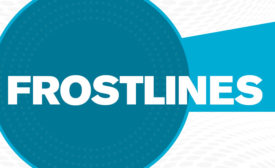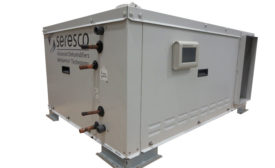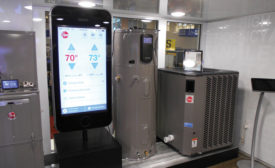Articles by Ron Rajecki
It takes the right mix of technical and people skills to excel in the service manager role
Read More
A Close-up Look at Industrial Refrigeration
Uncovering products from the IIAR 2016 Industrial Conference and Exhibition’s show floor
Read More
Recovery Sector Aims to Keep Pace
Industry constantly adapting to latest batch of regulations, refrigerant phaseouts
Read More
Do You Use Refrigerant Leak-stop Agents?
Proponents, detractors weigh in on the quick fix versus solid solution debate
Read More
Natural, HC Refrigerants Spell Change — Not Doom
Examining the impact refrigerants lacking recovery requirements have on recovery and reclamation
Read More
Recovery Equipment Designed to be Portable, Powerful, Dependable
Equipment designed to quickly, safely, and efficiently help techs recover refrigerant
Read More
Another Take on the HFC Anti-Dumping Determination
Product from China was selling low, but did low price necessarily equal low quality?
Read More
Refrigerant Antidumping Order: Think of It as the Price of Quality
HFCs will probably cost more, but no complaining please
Read More
Copyright ©2025. All Rights Reserved BNP Media.
Design, CMS, Hosting & Web Development :: ePublishing









